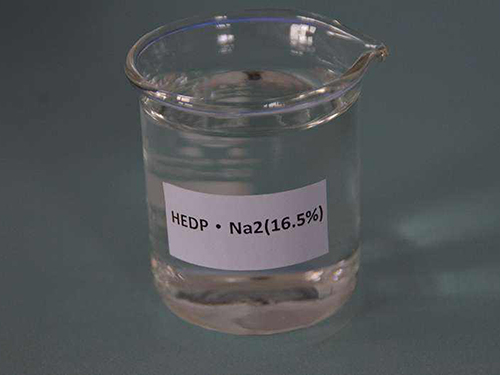Sustainable Applications of Polyepoxysuccinic Acid in Modern Chemistry and Industry
Polyepoxysuccinic Acid A Versatile Compound in Modern Chemistry
Polyepoxysuccinic acid (PESA) is an intriguing compound that has gained attention in various fields of chemistry and material science due to its unique properties and versatile applications. As a derivative of succinic acid, PESA is characterized by the presence of epoxy groups, which confer specific reactivity and functionality that make it suitable for numerous industrial applications.
Chemical Structure and Properties
The molecular structure of polyepoxysuccinic acid consists of multiple succinic acid units that have been modified to introduce epoxy functional groups. These epoxy groups are highly reactive, allowing PESA to participate in a range of chemical reactions, such as polymerization and crosslinking. The presence of these functional groups not only enhances the reactivity of PESA but also enables the formation of complex networks in polymer matrices.
One of the most significant properties of PESA is its ability to act as a chelating agent. Its molecular structure allows it to bind with metal ions effectively. This property is particularly useful in various applications, including water treatment processes, where PESA can inhibit scale formation and prevent corrosion by sequestering harmful metal ions. Additionally, PESA possesses excellent dispersing capabilities, which enhances its utility in formulations such as paints, coatings, and detergents.
Applications of Polyepoxysuccinic Acid
1. Water Treatment One of the primary applications of PESA is in the water treatment industry. It is utilized to control scale formation in cooling systems and boilers by binding calcium and magnesium ions, thus preventing deposit accumulation. Its ability to function as a corrosion inhibitor makes it an essential component in maintaining the efficiency and longevity of industrial water systems.
polyepoxysuccinic acid

2. Agricultural Chemicals PESA is also applied in the formulation of agricultural products, including fertilizers and pesticides. Its chelating properties enhance the availability of micronutrients in soil and promote better absorption by plants. By stabilizing these nutrients, PESA ensures that they remain accessible to crops, leading to improved agricultural yields.
3. Coatings and Paints The versatility of PESA extends to the coatings industry, where it is used to improve the performance of paints and protective coatings. Its dispersing properties allow for smoother application and better adhesion to surfaces. By incorporating PESA into coating formulations, manufacturers can achieve enhanced durability, resistance to weathering, and improved aesthetic qualities.
4. Biodegradable Plastics As the demand for eco-friendly materials increases, PESA has been investigated for its potential in the development of biodegradable plastics. By incorporating PESA into polymer blends, researchers aim to create materials that offer similar functionality to conventional plastics while minimizing environmental impact. The ability of PESA to facilitate biodegradation processes positions it as a valuable component in sustainable material development.
Future Perspectives
The ongoing research into polyepoxysuccinic acid highlights its potential for new applications across various industries. As environmental regulations become stricter, the need for efficient and eco-friendly chemical solutions will only increase. PESA’s multifunctional characteristics make it an attractive candidate for addressing these challenges.
Furthermore, the exploration of PESA in nanotechnology and biotechnology could lead to breakthrough applications that enhance its utility. By modifying its structure and functional groups, researchers can tailor PESA to meet specific requirements in diverse fields, paving the way for innovative products that benefit society.
In conclusion, polyepoxysuccinic acid is a compound with significant potential due to its unique properties and diverse applications. Its role in water treatment, agriculture, coatings, and emerging technologies underscores the importance of continued research and development in this fascinating area of chemistry. As industries strive for greater sustainability and efficiency, PESA may play a pivotal role in shaping the future of materials science.
-
Water Treatment with Flocculant Water TreatmentNewsJun.12,2025
-
Polymaleic AnhydrideNewsJun.12,2025
-
Polyaspartic AcidNewsJun.12,2025
-
Enhance Industrial Processes with IsothiazolinonesNewsJun.12,2025
-
Enhance Industrial Processes with PBTCA SolutionsNewsJun.12,2025
-
Dodecyldimethylbenzylammonium Chloride SolutionsNewsJun.12,2025





